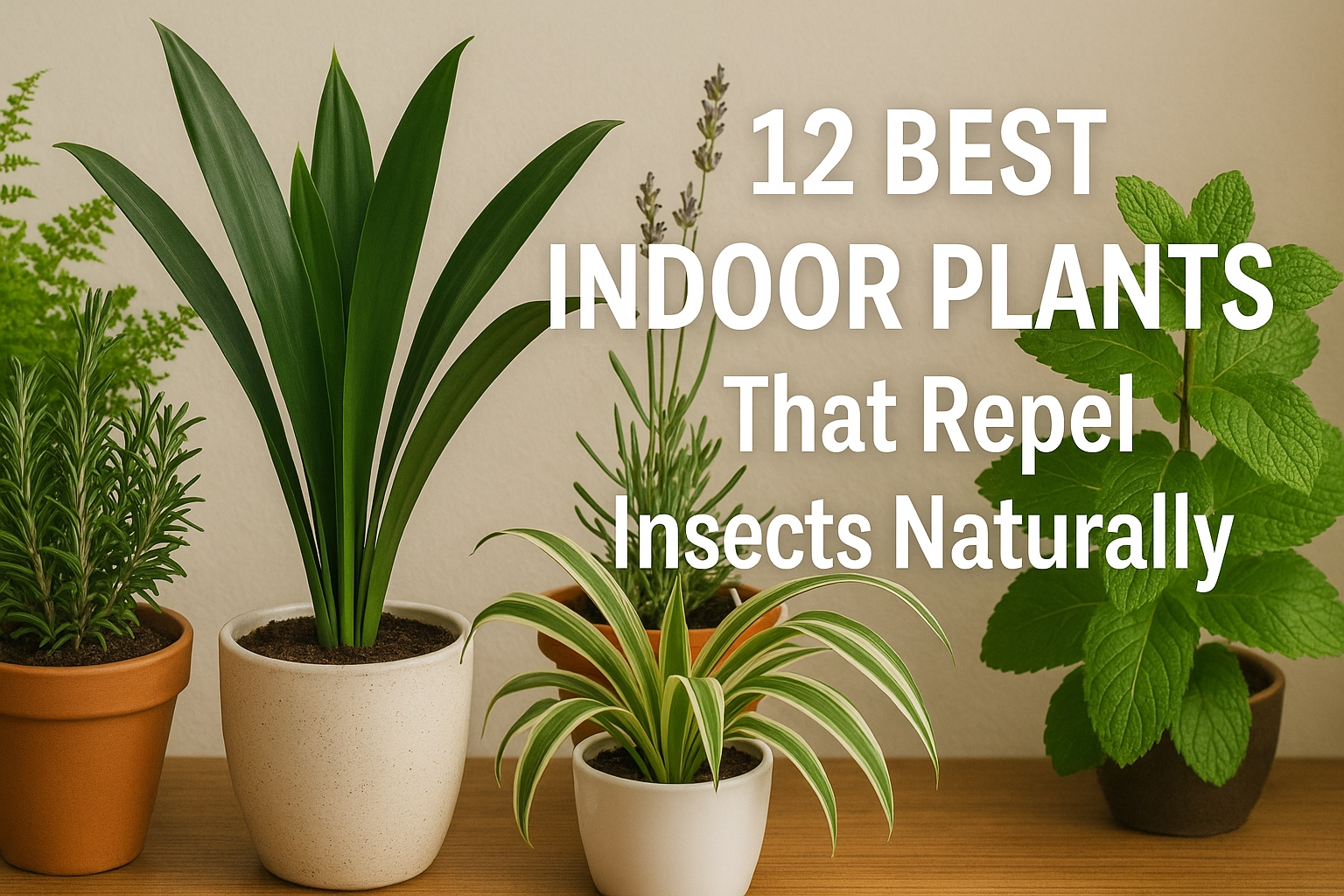
12 Best Indoor Plants That Repel Insects Naturally
Indoor plants that repel insects offer natural pest control. Through companion planting, different plants are grown together for specific results. Like humans, insects have their favorite foods, and they usually find those foods by smell. You can make it more difficult for insects to find the buffet by mixing in plants that confuse their sense of smell.
Pungent-scented plants are some of the most effective insect repellents. Many of them are herbs, so the plants serve two purposes. In addition, some deterrent plants also attract beneficial insects that you want in the garden. This type of companion planting proves very useful for gardeners.
How to Use Indoor Plants That Repel Insects Effectively
Basil: A Dual-Purpose Herb
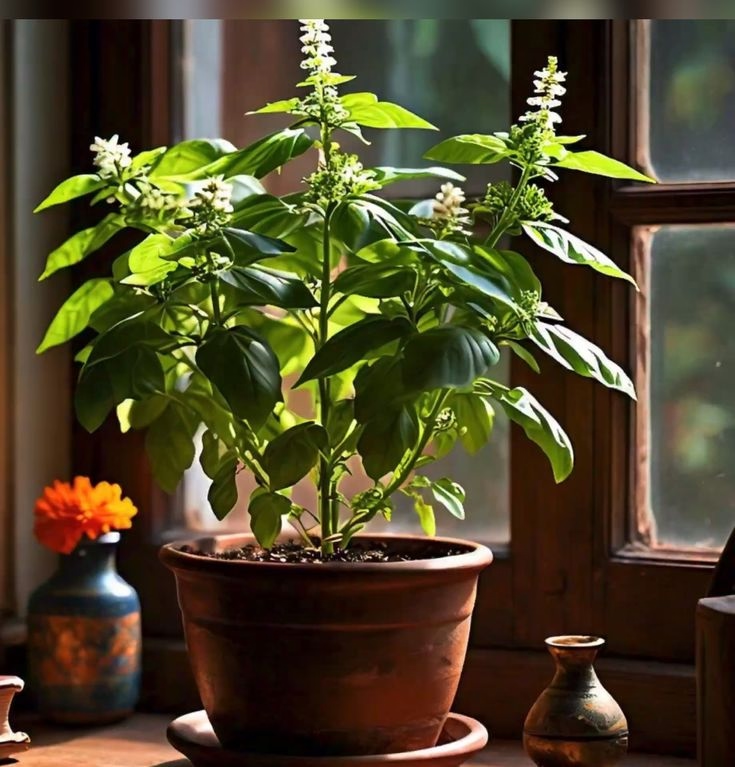
Basil repels asparagus beetles and tomato hornworms. It is the scent that scares off the insects. So, if you gently touch the leaves to release their oils as you walk by, it will be more effective. Place basil near vulnerable plants to maximize its pest-repelling power.
Borage and Calendula for Pollinators
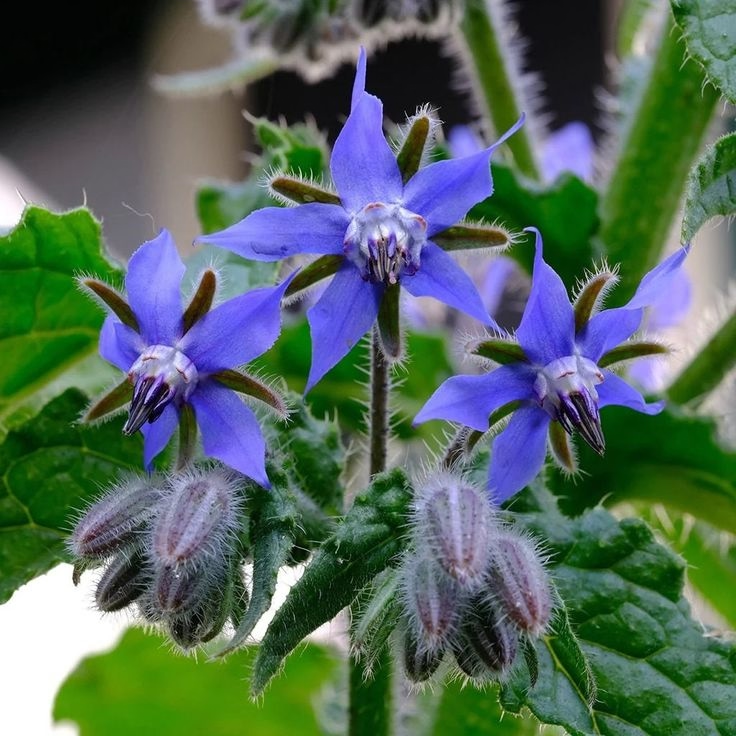
Borage repels the tomato hornworm. It also attracts beneficial insects and pollinators, such as native bumblebees. Plant it, and you will always have some in your yard. Similarly, calendula, or pot marigold, repels asparagus beetles. This edible flower also attracts beneficial insects, making it useful throughout your garden.

Catnip and Chives for Pest Control
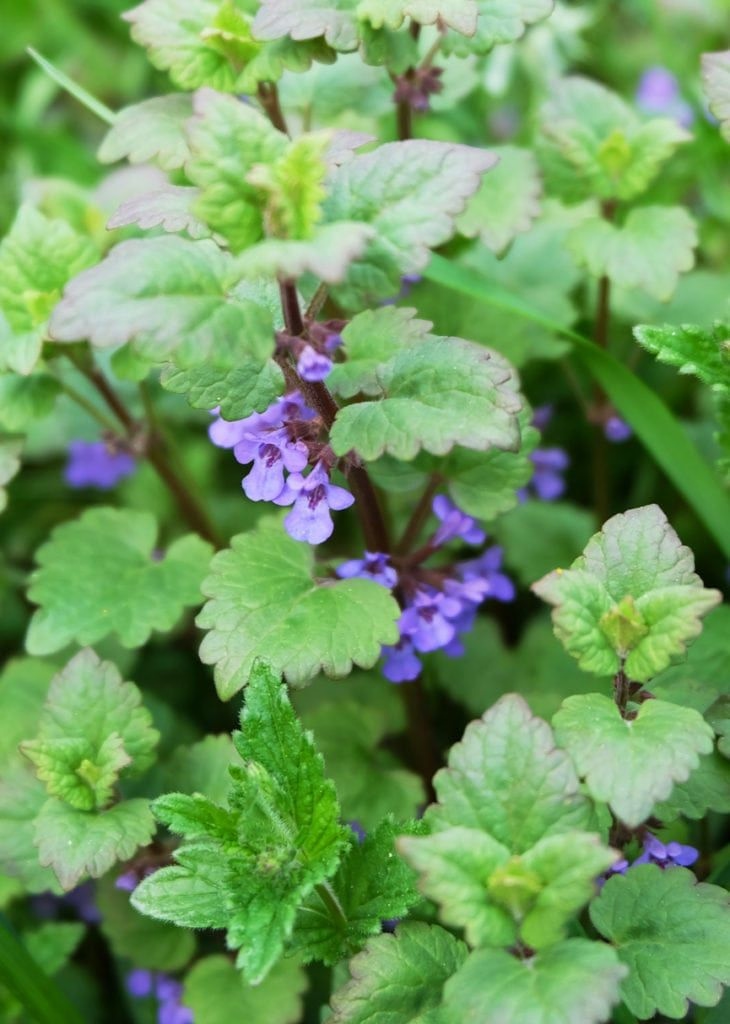
Catnip repels aphids, asparagus beetles, Colorado beetles, and pumpkin bugs. The only downside to catnip is that some varieties can be aggressive spreaders and quickly take up large chunks of the garden. Chives will repel aphids and Japanese beetles. Be sure to harvest your chives because they spread quickly if you allow them to go to seed. Even the beautiful flowers are edible.
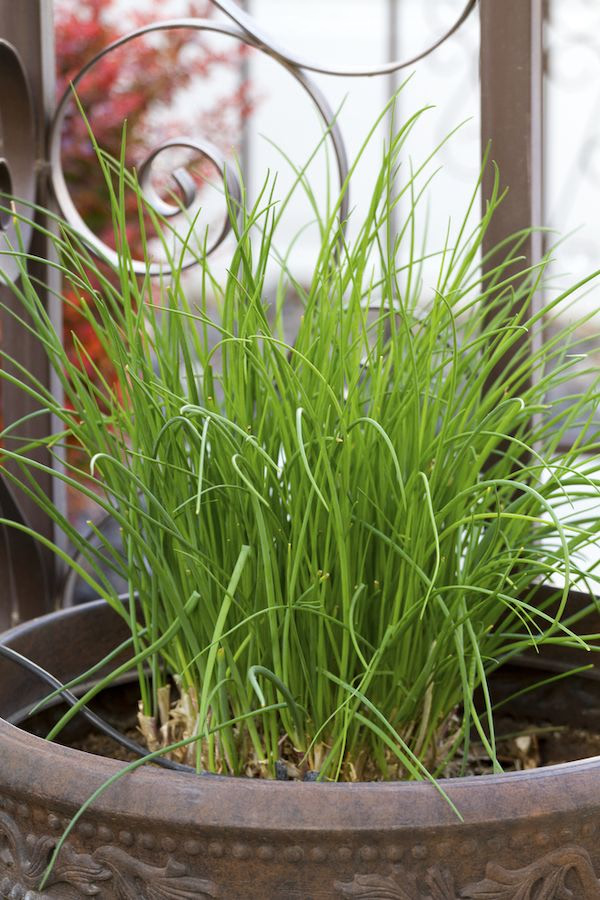
What Makes Indoor Plants That Repel Insects Superior?
Dill and Hyssop for Targeted Protection
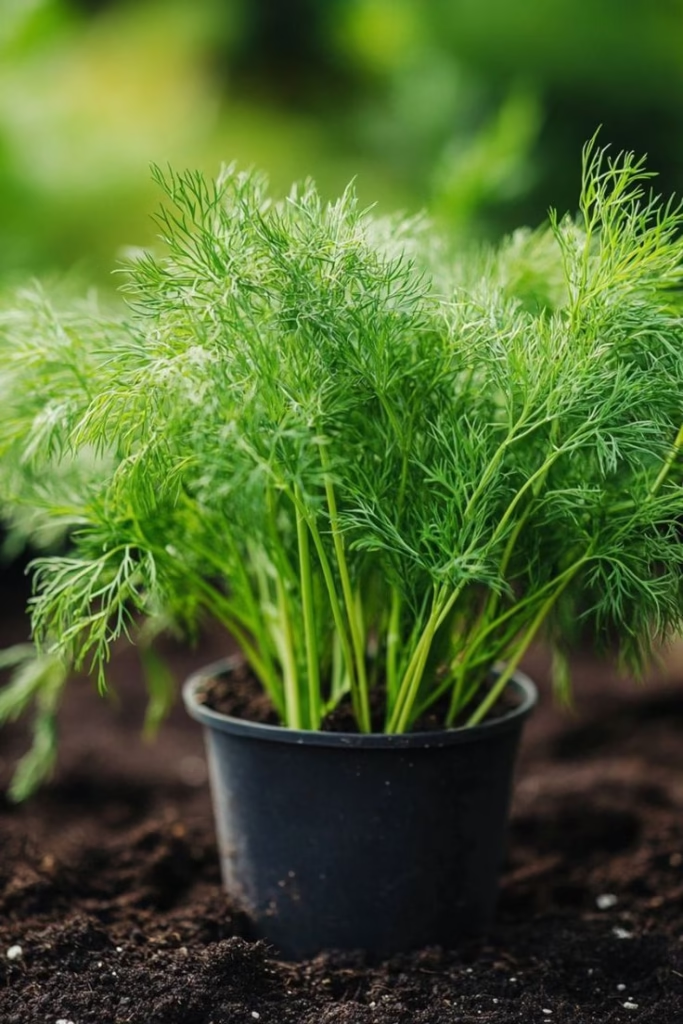
Dill is excellent for repelling cabbage moths. It’s also a good plant for attracting beneficial insects and is a host plant for black swallowtail butterflies. You will lose a little dill while the larvae feed, but they are not around for long, and the butterflies are lovely. Hyssop, a beautiful, fragrant plant, repels cabbage moths. It’s an excellent companion for all sorts of cole crops since they are all attacked by cabbage moth larvae.

Mint and Oregano: Strong Scents, Strong Defense

The scent of mint repels aphids, cabbage moths, and even ants. To prevent this aggressive grower from taking over your vegetable garden, you can simply lace breaks of mint among the plants you want to protect. But the sprigs must be replaced often. Oregano repels cabbage moths. However, it can be difficult to interplant because it is a spreading perennial. You could try laying freshly cut sprigs near your cole crops, but they will need to be replaced frequently.
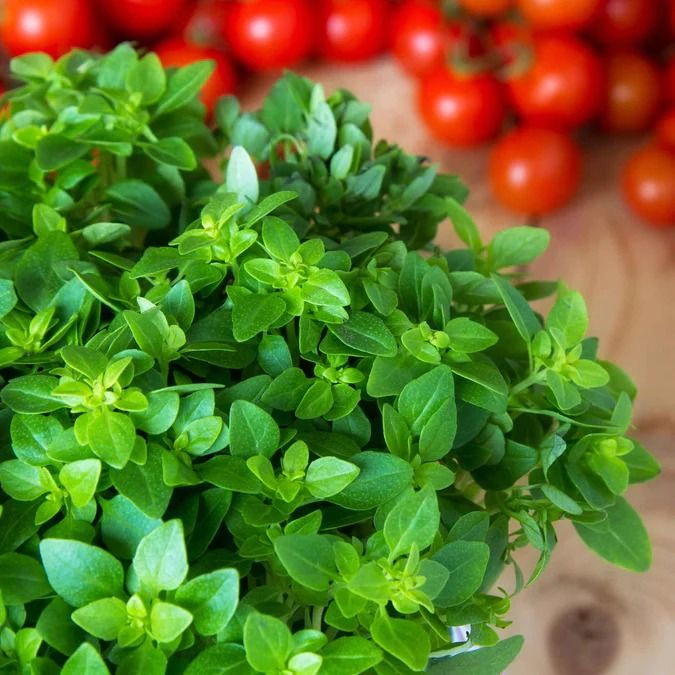
Maximizing the Benefits of Indoor Plants That Repel Insects
Radish and Rosemary for Companion Planting
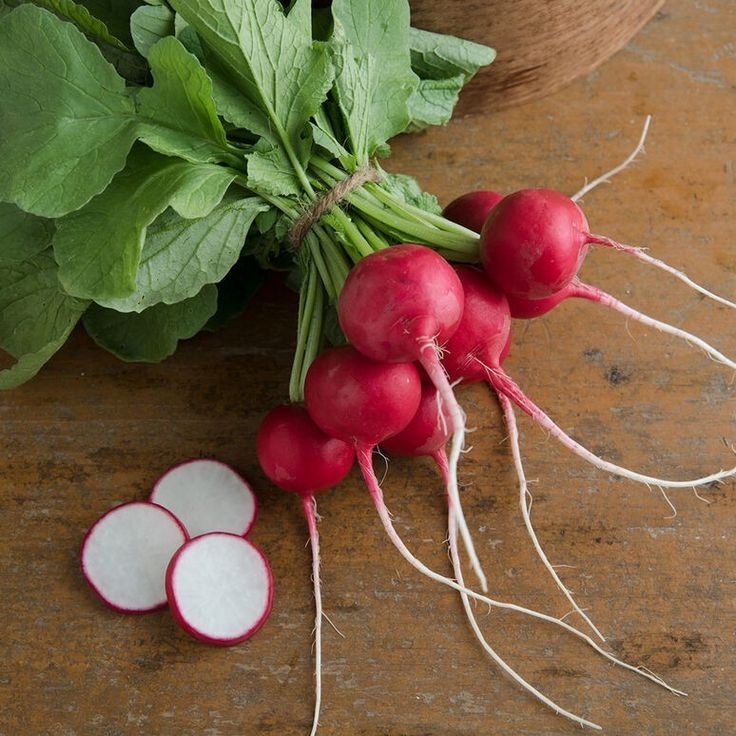
Radish plants repel cucumber beetles. For the best effect, you will need to seed three or four radishes in each cucumber hill and leave them there to mature while the cucumber plants are growing. Rosemary repels cabbage moths, carrot rust flies, and Mexican bean beetles. Although rosemary is not hardy in all zones, you can usually buy small plants inexpensively at the start of the season. You can always bring them indoors for the winter as houseplants.
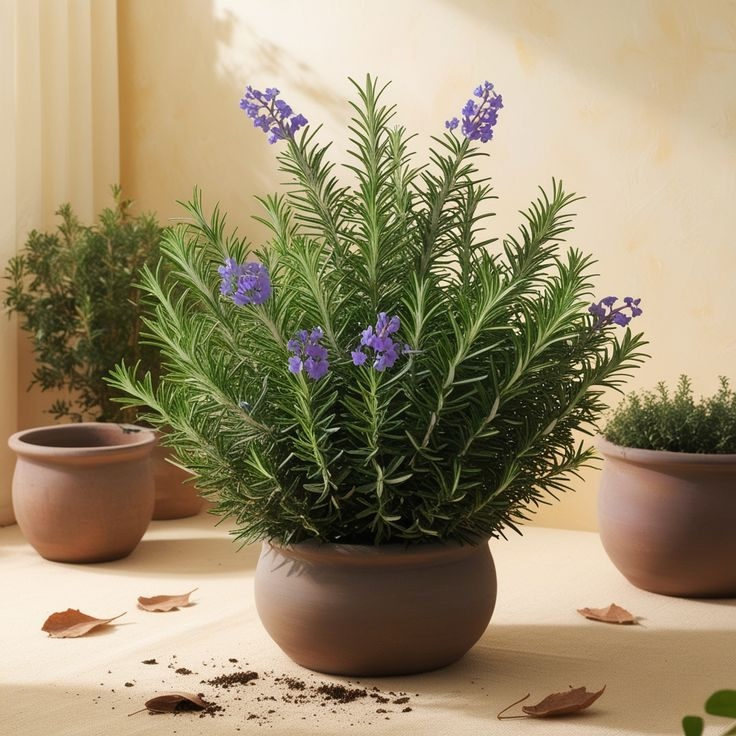
Thyme: A Low-Growing Defender
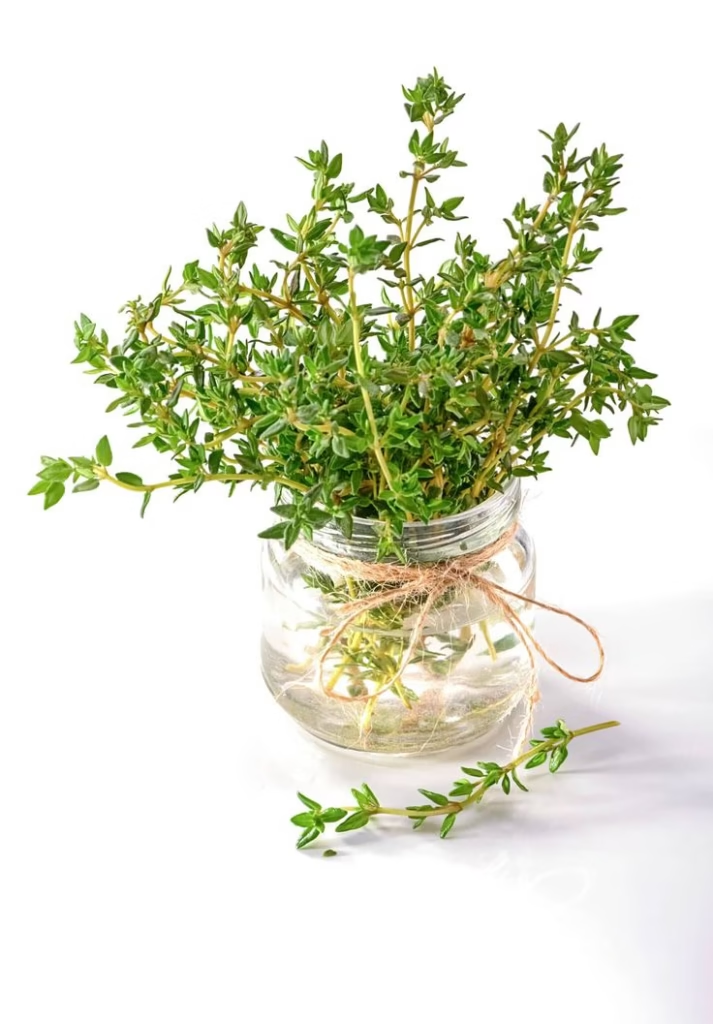
Thyme plants repel cabbage moths. Most thyme plants are low-growing and double as ground covers in the garden. Although they spread, they are slower to fill out than many other perennial herbs. This makes thyme a practical choice for gardeners seeking indoor plants that repel insects.
Conclusion
Thanks for exploring my guide about 12 best perennial and herbs that repel insects. If you found this helpful, don’t forget to like and subscribe for support. We’ll see you in the next guide! By using indoor plants that repel insects, you can create a thriving, pest-free garden while enjoying the added benefits of herbs and pollinator-friendly plants.